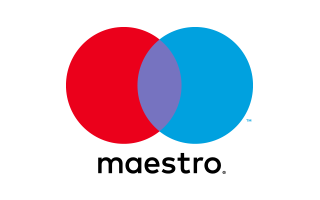Fine, Medium, Coarse: Which Hair Texture are You?
Are you tired of hair days that just don't seem to cooperate? We've all been there, but fear not, because we're diving headfirst into the world of hair texture today. Why? Because understanding your hair texture is like having a secret key to unlocking fabulous hair days every day!
Ever wondered why some hairstyles look stunning on your friend but fall flat on you? It all comes down to your hair's texture. Whether it's fine, medium, or coarse, your hair's unique texture plays a significant role in how it looks, feels, and styles.
In this article, We'll talk about why knowing your hair texture is so crucial, and how it can make a world of difference in choosing the right products and styles for your hair. By the end of this journey, you'll have all the lowdown you need to rock your natural hair texture with confidence. So, get ready for a hair-texture adventure, and let's make bad hair days a thing of the past!
Alright, let's start with the basics - what exactly is this "hair texture" thing we keep talking about, and why does it matter so much in the world of hairstyling?
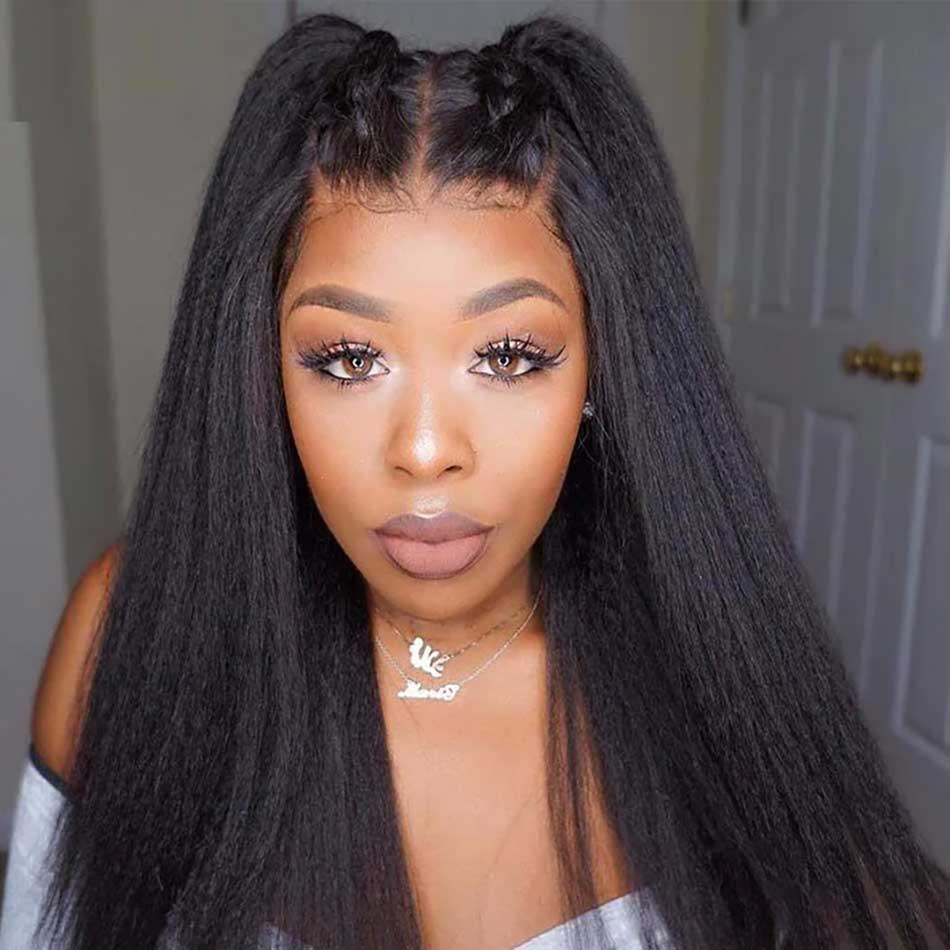
What's Hair Texture?
In a nutshell, your hair texture is how your hair feels and behaves. It's like your hair's natural personality. You've probably heard people talk about hair being "fine," "medium," or "coarse." These terms are all about describing the thickness and feel of your hair strands. So, let's break it down:
- Fine Hair: Fine hair is like a delicate silk thread. It's thin, lightweight, and soft to the touch.
- Medium Hair: Medium hair falls somewhere in the middle. It's not super thin or super thick, and it has a balanced feel to it.
- Coarse Hair: Coarse hair is the thickest of the bunch. It's robust, strong, and often feels a bit rougher.
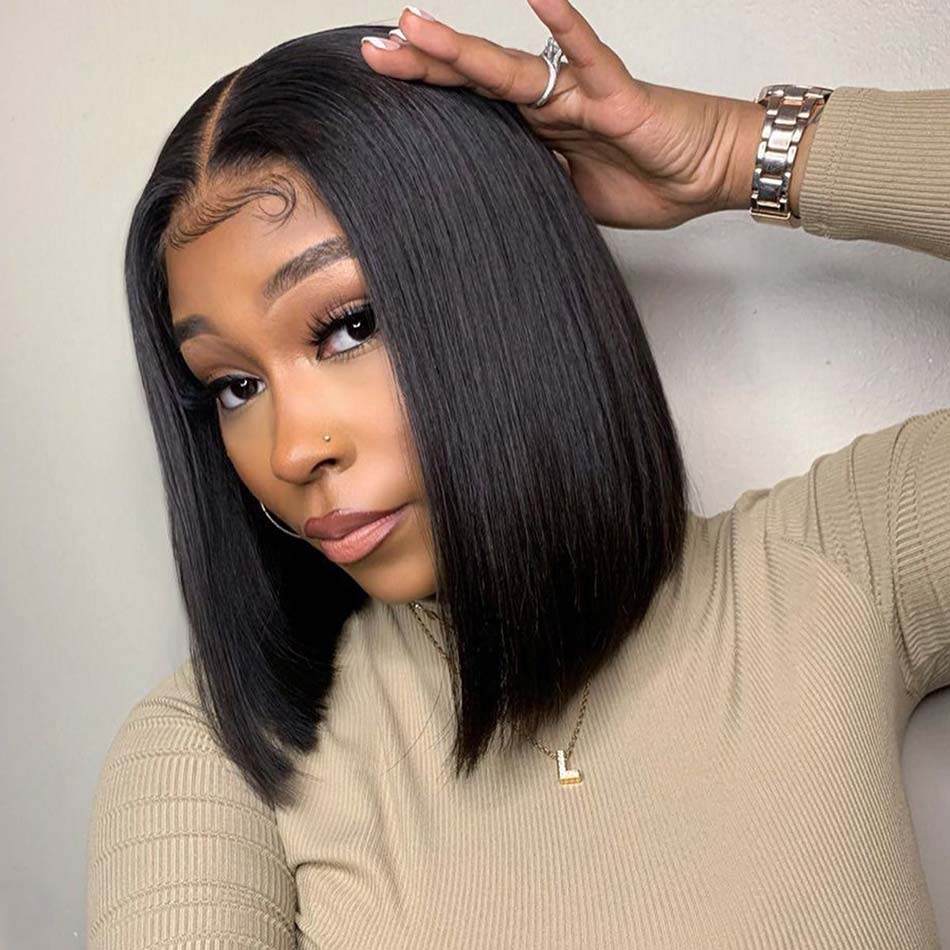
Two Facts you should know about hair texture:
- Genetics and Hair Texture
Here's a fun fact: a big part of your hair texture is in your genes. You can thank your parents and ancestors for that! If your family tends to have fine hair, there's a good chance you inherited that feature. Likewise, if coarse hair runs in your family, you're likely to have that texture too.
- Changes in Hair Texture
But here's the twist - your hair texture isn't set in stone. It can change over time. Factors like aging, hormonal shifts, and even the way you style your hair can all influence your hair's texture. So, your hair may not always behave the way it used to, and that's perfectly normal.
Why Does Hair Texture Matter?
Understanding your hair texture is the secret to nailing those perfect hair days. It's like knowing your hair's language. Different textures require different types of care and styling. The right products and styles can enhance your hair's natural beauty, while the wrong choices can leave you feeling frustrated.
Now that we've got the lowdown on hair texture, let's move on to why it's essential to embrace and work with your unique hair personality.
What is fine hair texture?
Is your hair as delicate as a whisper? Then, chances are you have fine hair. Fine hair has its own unique charm, but it comes with its own set of quirks too.
Characteristics of Fine Hair
- Thinness: Fine hair is, as the name suggests, quite thin. The individual strands are narrower compared to other hair types, which gives it that lightweight feel.
- Softness: Fine hair tends to be soft and silky to the touch. It's almost like a cloud of delicate strands.
Challenges and Advantages of Fine Hair
Challenges:
- Lack of Volume: Fine hair can sometimes appear flat and lifeless. It often struggles to hold volume and may look limp.
- Oiliness: Because fine hair has a smaller surface area, it can get oily faster. That means you might find yourself reaching for the shampoo more often.
- Fragility: Fine hair is more delicate and can be prone to breakage, especially when subjected to too much heat or styling.
Advantages:
- Effortless Styling: Fine hair is incredibly easy to style. It holds curls and waves well, making it a perfect canvas for various looks.
- Quick Drying: Since it's thin, fine hair typically dries faster, which can be a time-saver.
- Shiny Finish: Fine hair often has a natural shine, giving it an effortlessly polished appearance.
Caring for and Styling Fine Hair
- Gentle Shampooing: Use a gentle, sulfate-free shampoo to keep your hair clean without stripping it of essential oils. Don't overdo it – two to three times a week should suffice.
- Condition Smartly: Apply conditioner primarily to the ends of your hair to prevent weighing down the roots. A lightweight, volumizing conditioner can work wonders.
- Heat Protection: Always use a heat protectant before styling. Fine hair is more vulnerable to damage from heat tools.
- Volume Tricks: To add some oomph to your fine hair, consider using volumizing products, like mousse or root lift sprays.
- Choose Wisely: Opt for haircuts and styles that complement fine hair. Layers and pixie cuts can add texture and dimension.
- Avoid Heavy Products: Keep away from heavy hair products, as they can make your fine hair appear greasy or weighed down.
Embrace the delicate nature of your fine hair and make it work for you. With the right care and styling, you can rock your fine locks with confidence.
Understanding Medium Hair
If you find yourself in the middle ground between fine and coarse, you likely have medium hair. Medium hair is like the Goldilocks of hair textures – not too thin, not too thick, and it comes with its own set of perks.
Characteristics of Medium Hair
- Balance: Medium hair strikes a perfect balance between thin and thick. It's not too delicate, and it's not overly robust.
- Versatility: Medium hair is the chameleon of hair textures. It's incredibly versatile and can adapt to a wide range of styles and looks.
The Versatility of Medium Hair
Medium hair is the canvas for endless possibilities. Here's why it's so awesome:
- Styling Options: You're not limited to a specific style. Medium hair can hold curls, straighten beautifully, and pull off intricate updos with ease.
- Easy Maintenance: It's often easier to care for than fine or coarse hair. You have more flexibility when choosing products and styles.
- Texture Play: Medium hair can easily achieve different textures. You can go sleek and shiny one day, then add some waves for a beachy look the next.
Maintaining Medium Hair Health
To keep your medium hair looking its best, consider these tips:
- Balanced Products: Use a balanced shampoo and conditioner to maintain your hair's equilibrium. You don't need overly heavy or super light products.
- Regular Trims: Keep your hair's shape and style by getting regular trims every 6-8 weeks. It helps to prevent split ends and maintains healthy-looking locks.
- Heat Protection: Shield your hair from heat damage by using a heat protectant before using styling tools like flat irons or curling wands.
- Experiment with Styles: Take advantage of your hair's versatility. Try out different hairstyles and have fun with your medium-textured locks.
- Minimal Manipulation: Try not to overstyle your hair. Excessive heat and product use can lead to damage, so embrace your natural texture whenever possible.
Medium hair is like a blank canvas, waiting for you to express your style and personality. Whether you want sleek and sophisticated or wild and untamed, your medium hair can handle it all with the right care and styling.
Embracing Coarse Hair
Coarse hair is like a force of nature - strong, resilient, and filled with its unique character. Let's dive into the world of coarse hair, understand what sets it apart, and learn how to make the most of its fantastic qualities.
Defining Features of Coarse Hair
- Thickness: Coarse hair is, without a doubt, thick and substantial. The individual strands are wide and robust.
- Strength: It's tough as nails. Coarse hair doesn't easily break or get damaged, making it highly durable.
Unique Challenges and Benefits of Coarse Hair
Challenges:
- Frizz and Dryness: Coarse hair often has a mind of its own when it comes to frizz. It can also be prone to dryness.
- Volume Management: While some struggle with flat hair, coarse hair can sometimes be a bit too voluminous and challenging to tame.
- Styling Efforts: Styling coarse hair can be time-consuming because it may need more heat and product to achieve the desired look.
Benefits:
- Natural Body: Coarse hair often has a fantastic natural body and volume that many people envy.
- Low Maintenance: It can be low maintenance in terms of damage prevention. You don't need to tiptoe around it as much as fine hair.
- Texture Variety: Coarse hair can hold a wide range of textures and styles, from glamorous curls to sleek straight looks.
Caring for and Styling Coarse Hair Effectively
- Hydrate Deeply: Coarse hair thrives on moisture. Use a hydrating shampoo and conditioner to keep it soft and manageable.
- Regular Trims: Trims help keep split ends at bay and maintain your hair's shape.
- Use Hair Oils: Apply nourishing hair oils to help control frizz and add a healthy shine.
- Heat Protection: Always use a heat protectant before styling to minimize damage.
- Be Patient with Styling: Styling coarse hair might take a bit more time, but the results are worth it. Use high-quality styling tools and products.
- Experiment with Styles: Embrace your hair's versatility. Try out different hairstyles and enjoy the ability to switch up your look as often as you like.
Coarse hair is a powerhouse of natural beauty, and with the right care and styling, you can make it work in your favor. Remember, it's all about embracing the strength and character of your unique hair texture.
Hairstyling Tips for Each Hair Texture
Now that you've got the lowdown on your hair texture, let's talk about the fun stuff – styling! Whether you've got fine, medium, or coarse hair, there's a perfect style waiting just for you.
Hairstyling Tips for Fine Hair:
- Voluminous Waves: Create the illusion of volume by styling your hair in loose, voluminous waves. Use a curling wand with a larger barrel for a soft, natural look.
- High Ponytail: Fine hair is perfect for a sleek high ponytail. Use a little backcombing at the crown to add some lift.
- Braids: Experiment with intricate braids like fishtails or Dutch braids for an ethereal look. Fine hair holds braids beautifully.
- Top Knot: A chic top knot is an easy and stylish choice for fine hair. It adds height and is perfect for casual or elegant occasions.
Hairstyling Tips for Medium Hair:
- Beachy Waves: Achieve those perfect beachy waves by using a texturizing spray and a curling wand with a medium-sized barrel.
- Sleek Bob: A sleek, straight bob looks effortlessly sophisticated and works well for medium hair. Use a flat iron for a polished finish.
- Messy Bun: A messy bun is a versatile go-to style for medium hair. It's great for work, workouts, or a night out.
- Half-Up Half-Down: Create a stylish half-up half-down hairstyle by securing the top section with a clip or decorative pins.
Hairstyling Tips for Coarse Hair:
- Big Curls: Embrace your hair's natural texture by enhancing your curls. Use a curl-defining product and a diffuser for bouncy, defined curls.
- Sleek Long Hair: Long, straight, and sleek hair complements coarse textures perfectly. Use a straightening iron for a smooth finish.
- Braided Crown: A braided crown can be a stunning choice for special occasions. It adds an elegant touch to your look.
- Messy Updo: Coarse hair holds updos exceptionally well. Try a messy updo for a romantic, boho vibe.
Maintenance and Long-Term Care
Great hair doesn't happen overnight; it takes consistent care and attention. Whether you have fine, medium, or coarse hair, there are some general practices that apply to all hair textures. Here's how to keep your locks looking their best for the long haul:
General Hair Care Practices for All Textures:
- Shampoo and Condition: Use a shampoo and conditioner that suits your hair type. For fine hair, go for lightweight products. Medium hair benefits from balanced options, while coarse hair may need extra hydration.
- Regular Maintenance: Schedule regular trims every 6-8 weeks. This helps to prevent split ends, maintain your hairstyle, and keep your hair looking healthy.
- Heat Protection: Always use a heat protectant before styling with heat tools like curling irons, straighteners, or blow dryers. This is crucial for preventing damage.
- Avoid Overstyling: Limit the use of heat styling tools, and give your hair breaks between styling sessions to minimize damage.
- Air Dry When Possible: Let your hair air dry from time to time to reduce heat exposure. Use a microfiber towel or an old cotton t-shirt to blot excess moisture gently.
- Protect from the Sun: Just as you protect your skin from the sun, your hair needs some protection too. Use a hat or a hair product with UV protection when spending time outdoors.
Long-Term Care for All Textures:
- Stay consistent with your hair care routine, and adjust it as your hair's needs change over time.
- Consider occasional treatments, like hair masks, to keep your hair in top condition.
- Embrace your natural texture when you can to reduce damage from excessive heat styling.
- Maintain a balanced diet, stay hydrated, and get enough sleep for overall hair health.
Remember, healthy hair is happy hair. Regular maintenance, protection from damage, and the right care practices can help you achieve stunning, vibrant, and resilient locks, no matter your hair texture.
Conclusion
In this journey through the world of hair texture, we've explored the unique characteristics and needs of fine, medium, and coarse hair. So, as you go forward on your hair journey, remember that the key to fantastic hair days is right at your fingertips – your natural hair texture. Embrace it, nurture it, and watch as your hair radiates with its unique charm. With the guidelines you've gained, you're ready to make every day a great hair day. Explore premium quality human hair wigs in a variety of densities and textures at Elfin Hair. Elevate your style, experiment with different textures, and let your hair be a reflection of your unique beauty. Your journey to fabulous hair starts here!
Related Articles:
8 Protective & Low-maintenance Styles For 4C Hair
Understanding Curly Hair Types: Wavy Hair Vs. Curly Hair
All You Should Know Before Buying Afro Wigs
The Ultimate Guide to Rocking Kinky Hair Extensions

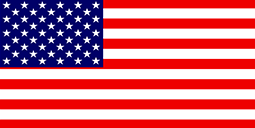 USD
USD EUR
EUR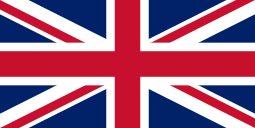 GBP
GBP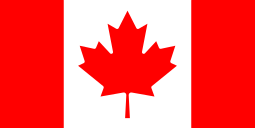 CAD
CAD AUD
AUD





